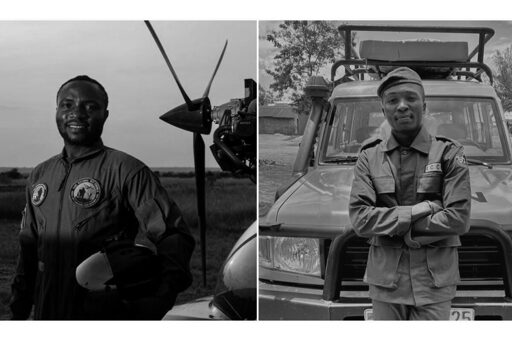Founder’s Briefs: An occasional series where Mongabay founder Rhett Ayers Butler shares analysis, perspectives and story summaries. The eastern reaches of the Democratic Republic of Congo are no strangers to tragedy. Yet the loss of two Virunga National Park rangers in a surveillance plane crash near Ishango on July 23 underscores once again the mortal risks faced by those charged with defending one of the world’s most biologically rich landscapes. Pilot Claude Nguo and ranger Daniel Kakule were on an aerial mission to protect ground teams during an operation near Lake Edward when their Bat Hawk reconnaissance aircraft went down. The cause of the crash remains under investigation. “The craft went down as the two men sought to ensure the safety of [ICCN] agents operating in the park,” the Congolese Institute for Nature Conservation (ICCN) said in a statement. Both men leave behind young families. Their deaths add to a long and grim toll. More than 220 rangers have died in Virunga over the past two decades—an attrition rate that makes it one of the most dangerous conservation jobs on Earth. The park’s location in a conflict zone, where armed groups such as the Rwandan-backed M23 control swathes of territory, renders even routine tasks perilous. Founded in 1925 by royal decree during Belgium’s colonial rule, Virunga—then known as Parc National Albert—was Africa’s first national park, created to protect mountain gorillas and other rare wildlife from human encroachment. Today it is a UNESCO World Heritage Site spanning nearly 2 million acres,…This article was originally published on Mongabay
From Conservation news via this RSS feed


